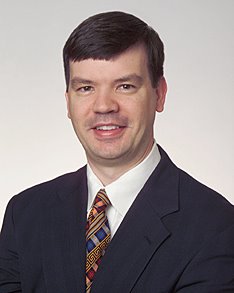E! talk show host
Giuliana Rancic, recently diagnosed with breast cancer (and having failed an attempt to remove the cancer with a lumpectomy) has decided to proceed with bilateral mastectomies and reconstruction for her treatment. Her decision is similar to those made by actress
Christina Applegate and comedian
Wanda Sykes in recent years. This choice is likely the right one for a number of reasons IMO.
- at 37 years old and without children (she was actually undergoing fertility treatments when diagnosed with cancer), she possesses two significant independent risk factors for future breast cancer 1) personal history of cancer and 2) delay or absence of childbirth.
- She has had prior attempt at lumpectomy, which almost guarantees significant cavitary breast deformity, particularly on a thinner woman such as Mrs. Rancic with additional attempts
- She (being an American adult female in good health) has an estimated life expectancy of almost 95 years, and 6+ decades of future surveillance on a high risk individual treated with breast conservation strategies has not been studied. Mastectomy does seem to have an advantage of lower recurrence rates verus lumpectomy with radiation, particularly as you get decades out from the initial treatment.
- A breast treated with lumpectomy and radiation will progressively look worse and worse over time as it relates to bot appearance and asymmetry with the other breast.
Selecting or suggesting a treatment for a younger patient like Mrs. Rancic becomes as much a question of psychology as it is about treatment of the cancer. While it's likely that a more aggressive surgical treatment of localized cancer will pay dividends as you get farther out from the mastectomy, many women will never be comfortable with the breast cancer surveillance requirements going forward and select a mastectomy to simplify their care. It's telling that when women plastic surgeons have been surveyed on whether
they'd undergo mastectomy or breast conservation with radiation, that almost all of them would choose mastectomy (and prophylactic mastectomy of the other breast).
Rob







